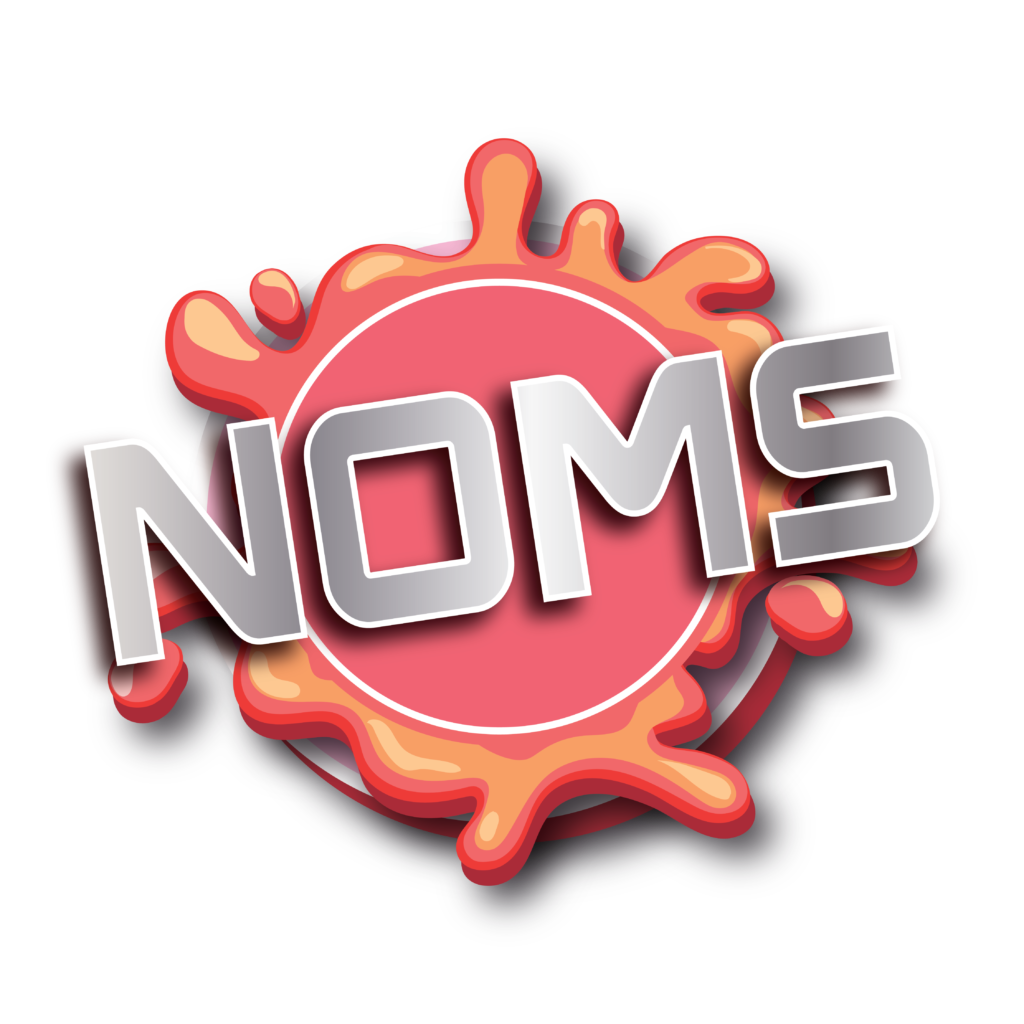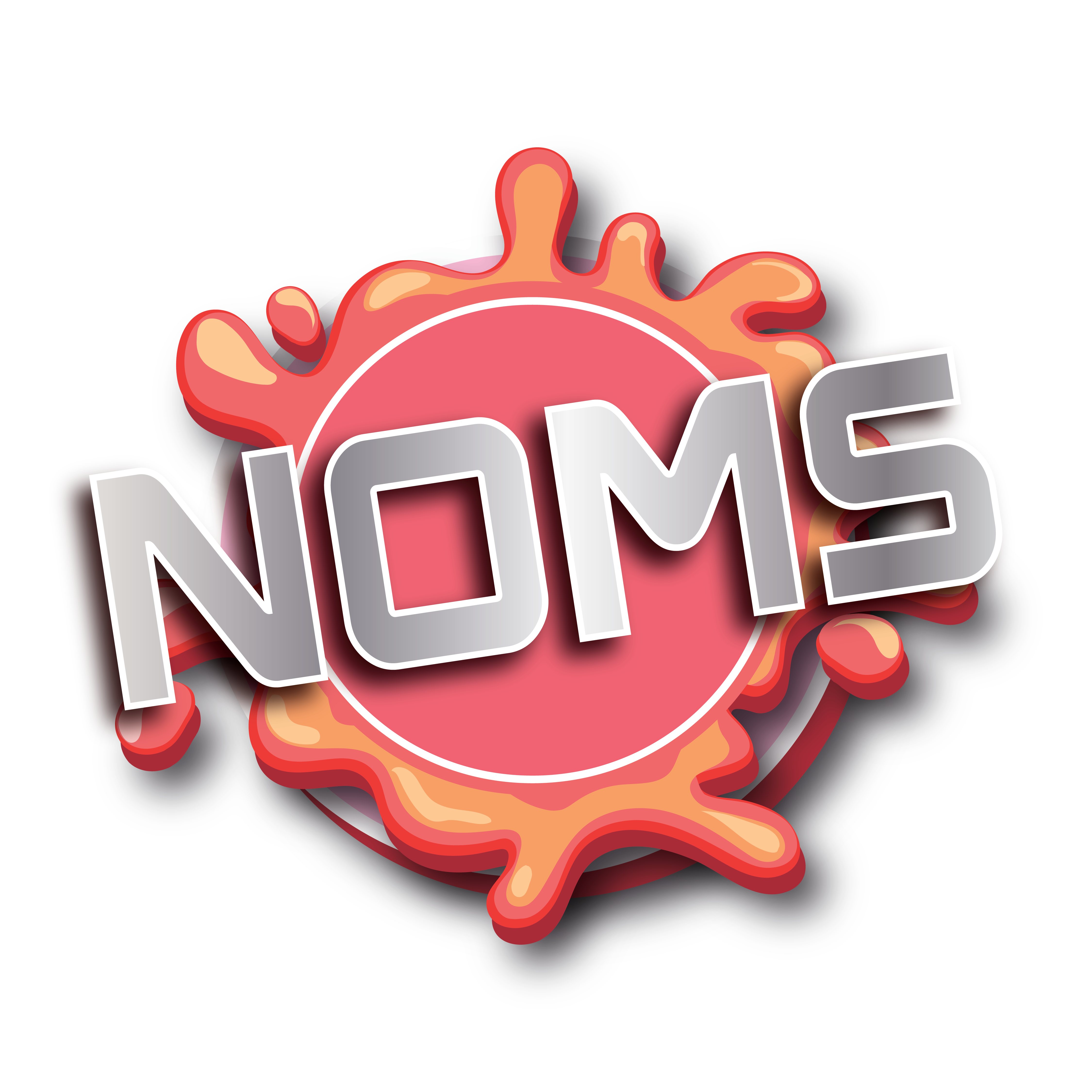Kratom-infused drinks have evolved from specialized herbal medicines to popular wellness items in recent years. Kratom beverages have become more and more popular as people look for natural options for discomfort treatment, relaxation, and energy. This comprehensive report examines the market characteristics, current trends, and prospects of the Kratom beverage industry this year.
Recognizing Kratom’s Benefits
The tropical tree known as Kratom (Mitragyna speciosa) is indigenous to Southeast Asia, including Thailand, Malaysia, and Indonesia. Its leaves have long been utilized for their analgesic and stimulating qualities. Kratom is frequently used in the West to reduce restlessness, increase vitality, and elevate mood. Due to its adaptability, it has been utilized in various products, including teas, capsules, and—most notably—ready-to-drink beverages.
Market Expansion And Customer Profiles
The market for Kratom beverages has grown significantly on a global scale. It was valued at about $328 million in 2024, and estimates indicate that it will rise at a compound annual growth rate (CAGR) of 8.6% to reach $576 million by 2031.
Important Consumer Groups:
Age Group: Approximately 58% of liquid Kratom extract purchases are made by adults between the ages of 25 and 44, making them the main demographic.
Gender: Approximately 63% of consumers are men, however, the percentage of women purchasing is rising, having increased by 19% since 2021.
Geography: States with high opioid prescription rates, such as West Virginia, Ohio, and Kentucky, have high consumption rates, suggesting the use of Kratom in harm-reduction tactics.
Click To Join Our Wholesale Program
Trends And Innovations In Products
1. Various Formulations
Producers are adding more Kratom-infused drinks to their product ranges, including:
Liquid Extracts: Liquid extracts are used due to their ease of use and quick absorption.
Functional Beverages: Adding Kratom to other plants, such as turmeric, ashwagandha, and kava, to increase its benefits.
Pre-measured shots: Providing accurate dosage for ingestion while on the go.
2. Improvements To Flavor And Formulation:
Companies are launching flavored Kratom drinks with components like ginger, citrus, and mint to appeal to a wider market. The purpose of these formulations is to enhance flavor and offer extra health advantages.
3. Ethical And Sustainable Practices
Products with sustainable processes and transparent sources are becoming more and more popular. Customers who care about the environment are increasingly choosing brands that emphasize eco-friendly packaging, organic certifications, and ethical sourcing.
The Regulatory Environment And Difficulties
The regulatory landscape for the Kratom sector is complicated:
United States: Because Kratom is still unregulated at the federal level, state regulations are inconsistent. Some states have implemented prohibitions or limitations, and the FDA has warned of possible health hazards.
Global Markets: Decriminalization of Kratom in nations like Thailand has encouraged homegrown innovation. The European Union, on the other hand, restricts market expansion through stringent rules.
The necessity for uniform norms and quality controls is highlighted by the difficulties these legislative ambiguities present for both producers and consumers.
Health Consequences And Consumer Knowledge
Although there may be advantages to Kratom, questions have been raised concerning its safety and dependency potential. According to reports, some users have withdrawal symptoms when they stop using a product, which emphasizes the need for labeling and careful use.
In order to gain the trust of consumers and guarantee that they make well-informed decisions, brands are urged to give clear information regarding dose, possible adverse effects, and sourcing.
Channels of Distribution: Internet And Retail Sales
To reach a wide range of customers, the Kratom and Kava beverage business makes use of both offline and online sales channels. Because of the ease and accessibility they provide to customers, online sales have grown in significance. Customers may sample various brands and product offers from the comfort of their homes, thanks to the extensive selection of Kratom and Kava beverages offered by e-commerce platforms and online specialized shops.
Supermarkets, health food stores, and specialty beverage shops are examples of offline sales channels that are vital to the market because they provide customers the chance to physically inspect items before making a purchase. Sales may be increased and the customer experience further improved with in-store promotions and sample activities. The availability of kava and Kratom drinks at physical retail establishments also contributes to raising customer awareness and brand visibility.
Prospects For The Future
The market for Kratom beverages is expected to keep expanding:
Market Forecasts: Due to rising consumer demand for natural health products, the Kratom market is expected to reach USD 5.69 billion by 2030.
Global Expansion: Companies are getting more exposure in important areas. For instance, Mitra9, a pioneer in the functional beverage sector, is bringing its distinctive Kratom and Kava products to a number of important U.S. markets, such as Arizona, California, New York, Utah, Minnesota, and Montana.
Product Diversification: In a competitive market, the launch of value-added items, such as improved formulae and blended supplements, further sets offerings apart.
Conclusion
Drinks with Kratom reflect a vibrant fusion of contemporary wellness trends and conventional herbal medicines. It will be essential to strike a balance between innovation, customer safety, and regulatory compliance as the industry develops. In this emerging market, brands that put an emphasis on openness, moral behavior, and customer education are probably going to set the standard.

